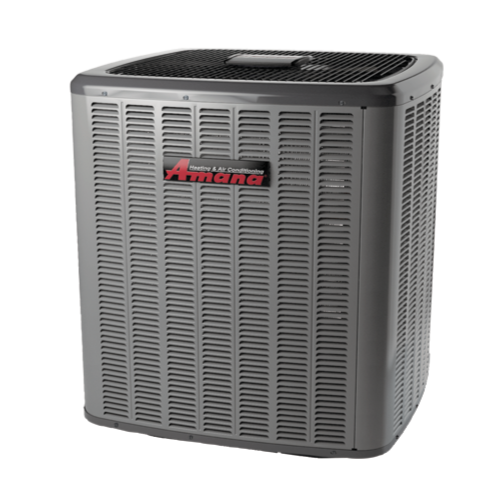Heat Pump Rebates

Have you been looking for ways to make your home more energy efficient? Installing a heat pump may be the best option, especially with new tax credits available via the Inflation Reduction Act (IRA).
The IRA, which was passed in August 2022, is the greatest government investment in greenhouse emission reduction to date. It provides tax breaks for heat pumps, heat pump water heaters, weatherization, electric panel improvements, solar, and battery storage.
Some of the top reasons for installing a heat pump are:
Reduced monthly gas and electric bills: According to a research published by the US Department of Energy, households utilizing Energy Star electric heat pumps will spend less than $600 on heating in the winter, which is much less than the average home.
Reduce your carbon footprint. A research published in Proceedings of the National Academy of Sciences found that home energy usage accounts for nearly 20% of greenhouse gas emissions in the United States. According to the Rocky Mountain Institute, heat pumps across the country have been shown to lower emissions by up to 93% during their lifetime when compared to gas furnaces.
Heating and cooling are both comfortable and silent. Despite common beliefs, heat pumps often operate at roughly the same decibel level as a traditional furnace and provide a more equal heating and cooling solution, maintaining a pleasant home all year.
What Is The Heat Pump Tax Credit?
If you made or intend to make certain qualified energy-efficient home modifications after January 1, 2023, you may be eligible for an IRS tax credit.
The tax credit for heat pump and heat pump water heater projects is 30% of the total project cost (including equipment and installation), up to a maximum of $2,000.00. Tax credits are allocated to the tax year in which you install the heat pump. For example, if your heat pump is installed in 2024, you can use the credit when you file your taxes in 2025 for the 2024 tax year.
This tax credit is part of the Energy-Efficient Home Improvement Credit. There is no lifetime amount limit for this tax benefit. You can claim the maximum yearly credit for each year that you make qualified improvements until the end of 2032. Other eligible upgrades include home energy assessments and approved insulation work.
How to Qualify for the Heat Pump Tax Credit
To be eligible for the heat pump tax credit, you must install the unit in your primary residence—the home where you dwell the bulk of the time. Furthermore, the residence must be in the United States and an existing property that is being upgraded, rather than a new development.
Furthermore, in order to qualify for the IRA tax credit, the specific heat pump or heat pump hot water heater type must satisfy the highest energy-efficiency standards. Heat pumps with a thermal efficiency rating of at least 75%, whether electric or natural gas, qualify. Heat pumps can be ducted or non-ducted (mini-splits), although eligibility varies depending on whether you reside in the North or South.
If you live in the South, ducted heat pumps with the ENERGY STAR rating are eligible. However, if ductless, the heat pump must be ENERGY STAR-certified and meet the following specifications:
SEER2 (Seasonal Energy Efficiency Ratio 2) > 16; EER2 (Energy Efficiency Ratio) > 12; and HSPF2 (Heating Seasonal Performance Factor 2) > 9.
If you reside in the North, ducted heat pumps labeled “ENERGY STAR Cold Climate” with an EER2 > 10 are eligible. If the heat pump is ductless, it must still be ENERGY STAR Cold Climate certified and have the following energy ratings:
SEER2 > 16; EER2 > 9; HSPF2 > 9.5.
If they fulfill the qualifications listed above, all taxpayers are entitled for one IRA tax credit for a heat pump each year (up to a maximum equivalent value of $2,000). To take advantage of the tax rebate, and get more information on systems for your home, schedule your appointment with ABT today.
